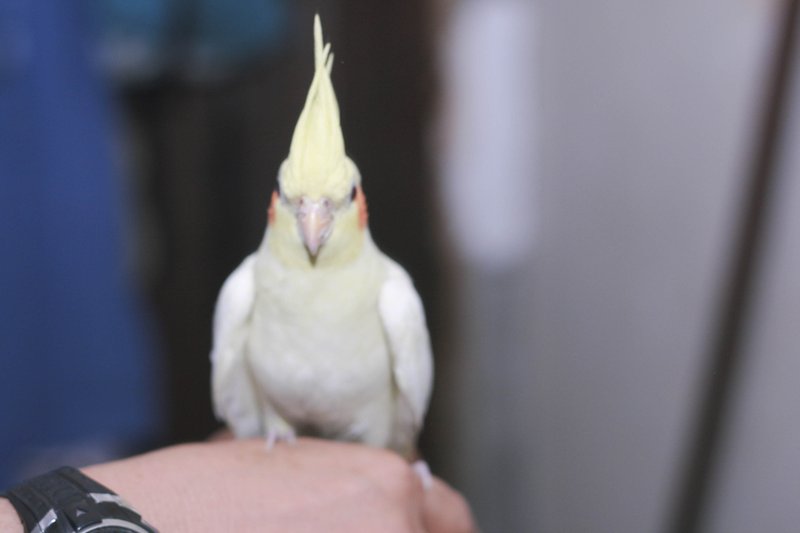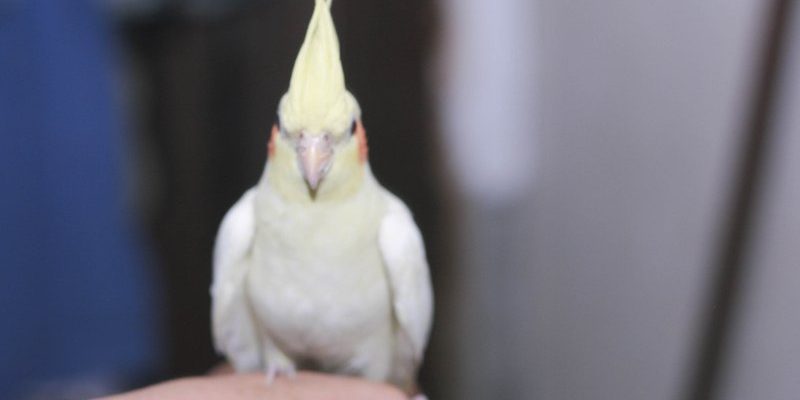
In this guide, we’ll break down these key training methods into approachable steps. Whether you’re a cockatiel owner looking to get started or someone curious about how to engage with these playful birds, we’ve got the essentials covered. Let’s dive into the world of cockatiel training and discover how to strengthen that special bond between you and your bird.
Understanding the Basics of Cockatiel Training
Before we jump into specific training methods, it’s important to grasp a few basic concepts about how cockatiel learning works. Think of training like building a friendship; it’s all about trust, communication, and patience. Cockatiels are intelligent creatures, and they thrive when they feel engaged and secure.
First, establish a comfortable environment for your cockatiel. Make sure their cage is a safe space filled with toys and perches. Try to keep training sessions short—around 10 to 15 minutes—because birds have shorter attention spans. You want the experience to be enjoyable for both of you, so don’t overwhelm your feathered friend.
Here’s the thing: every cockatiel has a different personality. Some may take to training immediately, while others might need extra time to warm up. Being consistent is crucial, as birds learn through repetition. It’s impressive how quickly they can pick up on commands if you use positive reinforcement, so keep some healthy snacks handy!
Step-Up Training: The Foundation of Your Bond
Step-up training is one of the first commands you should teach your cockatiel. It’s a simple yet effective way to get them comfortable with interacting with you. To start, find a quiet place without distractions.
Begin by gently placing your finger or a perch near your bird’s chest. Use a clear and encouraging command like “step up.” If your cockatiel steps onto your finger, immediately reward them with a treat. If they hesitate or back away, remain patient and try again.
Keep in mind that some cockatiels may be shy or scared initially. You can *encourage* them by talking softly, using their favorite treats, or even simply offering your hand as a resting place. Positive reinforcement is your best friend here. If your bird refuses to step up, don’t grab or force them—it’s all about building trust.
Here’s a pro tip: if your bird is being particularly stubborn, try moving your hand closer to their perch, so they’ll naturally step up without feeling intimidated. Celebrate small victories! Each time they step up successfully—even if it’s just a tiny move—give them a treat to reinforce that good behavior.
Recall Training: Calling Your Cockatiel Home
Once your cockatiel is comfortable with the step-up command, you can move on to recall training. This is about teaching your bird to come back to you when called, which is not only practical but also a great way to bond.
Start by picking a specific word or phrase, like “come here,” that you’ll use consistently. Position yourself about a few feet away from your cockatiel. With a treat in hand, call them using your chosen command. If they come to you, reward them immediately with a treat and lots of praise—think of it as a little celebration!
If your cockatiel doesn’t respond, don’t worry. You can try making the call sound more exciting or using a visual cue, like a wave. It’s essential to make your calls seem fun and inviting!
To reinforce this training, gradually increase the distance from which you call your bird. If they’re responding well in a small space, challenge them a bit more. And remember, the key is to keep the sessions fun and light-hearted. If your bird isn’t feeling it on a particular day, give them space and try again later.
Socialization: Getting Your Cockatiel Comfortable with New Experiences
Socialization is a critical aspect of training that often gets overlooked. Cockatiels are social creatures by nature, and exposing them to new environments, sounds, and people can help them thrive. Start with short, positive interactions with family members or friends. Allow them to approach your cockatiel gently, speaking softly to make the bird feel safe.
To make socialization more effective, introduce your bird to various sounds and sights. You can play soft music, talk to them as you move around the house, or even take them outside in a secure carrier (provided it’s a nice day). The goal is to help them become comfortable with their surroundings.
If your cockatiel shows signs of stress, like puffing up their feathers or trying to hide, stop the activity and allow them to relax. Building confidence takes time, and every bird is different. Celebrate milestones, like when your cockatiel becomes curious or interacts with a new person!
Don’t forget that socialization includes handling your bird. You can practice gentle petting or let them sit on your shoulder. The more you expose them to new situations, the more confident they’ll become, and you’ll both enjoy each other’s company even more.
Common Challenges in Cockatiel Training
Even the most patient bird owners can face challenges when it comes to training. Your cockatiel might resist some commands or get distracted easily. Here are a few common obstacles and how to tackle them:
– Fear or Hesitation: If your cockatiel seems nervous, take a step back. Create a more secure environment by using their favorite toys or treats. Sometimes, it’s just about allowing them to observe you without pressure.
– Distractions: Cockatiels are curious creatures, and they might focus more on outside noises or movements than on you. Choose a quiet time for training when there are fewer distractions, and gradually introduce more challenging environments as they become more confident.
– Boredom: If training sessions start to feel repetitive, your bird may lose interest. Mixing things up can help! Change locations, use different treats, or introduce new commands.
Remember, every cockatiel is unique. If something isn’t working, don’t hesitate to adjust your approach. Training is a journey, and it’s okay to take your time.
Training your cockatiel is more than just teaching commands; it’s about building a relationship based on trust and mutual respect. Whether you’re working on the step-up command, practicing recall, or helping your bird socialize, each step brings you closer together.
Be patient and consistent, and remember to celebrate both small and big victories. Every moment spent training is an investment in a deeper bond with your feathered friend. With the right techniques and lots of love, your cockatiel will thrive—and so will your friendship! Enjoy the journey, have fun, and watch as your little buddy becomes an even bigger part of your life.

